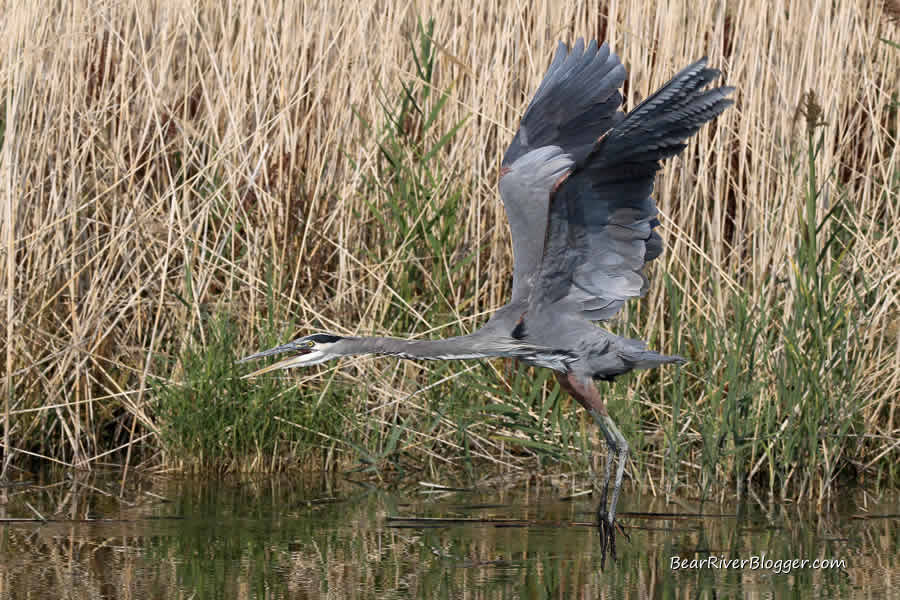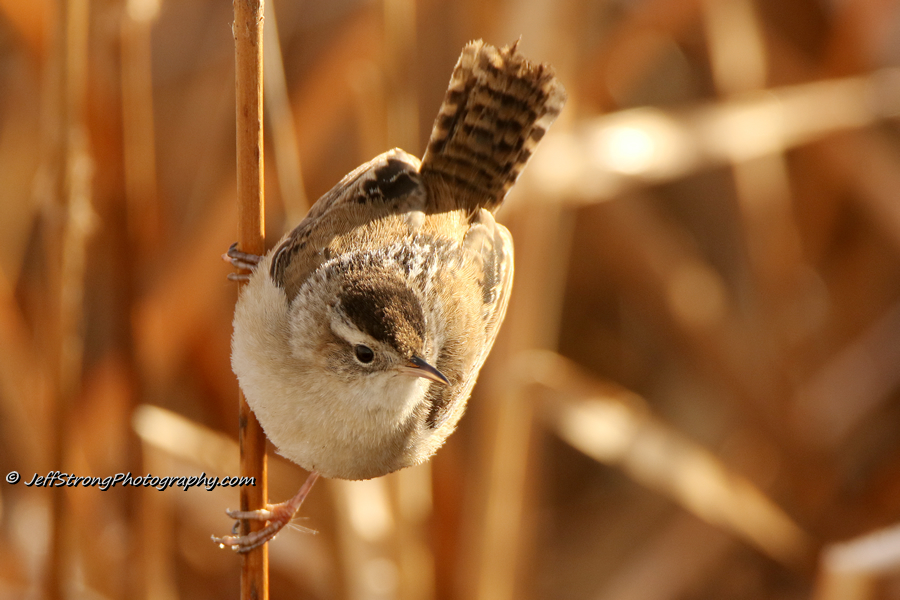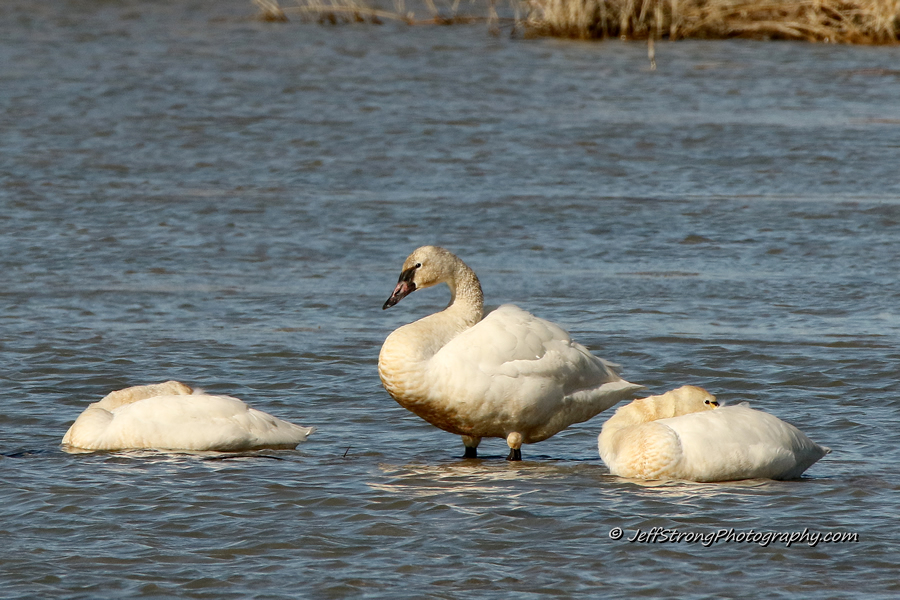As I drive around the Bear River Migratory Bird Refuge auto tour route, I find areas once suffering from lack of water all summer long are no longer dry and sun-scorched.
Unit 2, commonly known as the auto tour loop, is currently filling up with water but, unfortunately, the birds are slow to return.
Recent heavy rains and the diminishing demands for irrigation as crops are being harvested are giving the Bear River a small boost in water levels as of late.
Mid-September is when the Bear River Bird Refuge typically starts to fill its impoundments again, a time when the ever-increasing demands for the river’s water drop for the season and give the refuge’s wetlands a much-needed boost for the fall migration season.

This year, however, due to the severe drought and current habitat management work on the refuge, most of the 77,000-acre preserve has been dry all summer long.
One can only conclude from this, the nesting season for the water birds that migrate to the Bear River Refuge each summer to breed was poor at best this year.
Unfortunately, this is quite apparent as I drive around the refuge auto tour loop, not only just today but all summer long, in fact, with bird sightings being extremely limited despite rising water levels over much of the auto route.
Today, in fact, I only came across a couple of great blue herons, a small gathering of great egrets, a handful of northern harriers, and a few small flocks of ducks flying over the marsh.
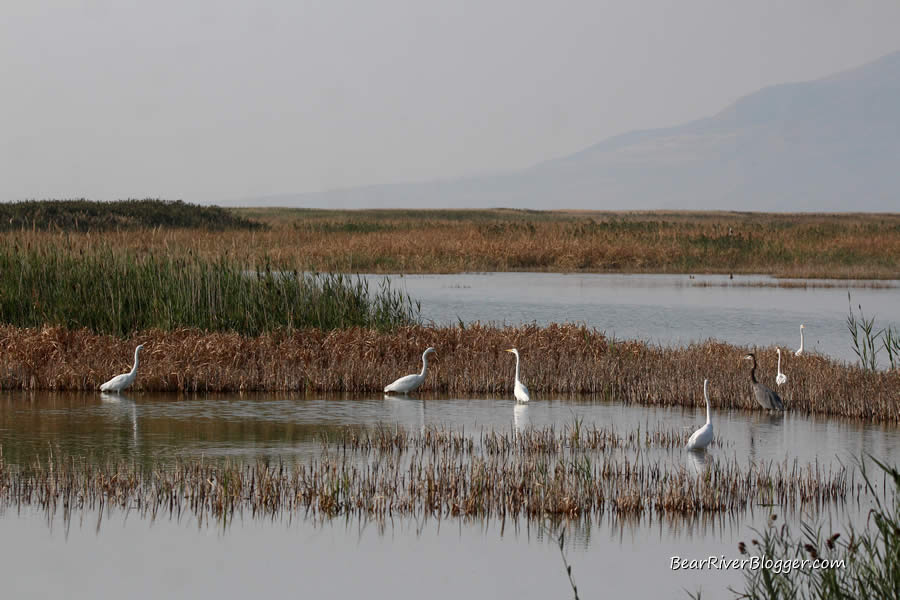
One of the species of birds that are usually quite common on the Bear River Bird Refuge during summer and early fall, but a no-show today, is the American white pelican.
Due to record low water levels for the Great Salt Lake this summer, breeding success for the nearby Gunnison Island was so poor, the Utah DWR canceled its yearly pelican banding project this summer.
Hundreds, sometimes thousands, of American white pelicans normally congregate on the Bear River Refuge each day during the summer months to feed upon the bounty of carp and other fish living in the shallow waters.
This year, however, due to the poor breeding season, pelicans have been few and far between on the refuge.
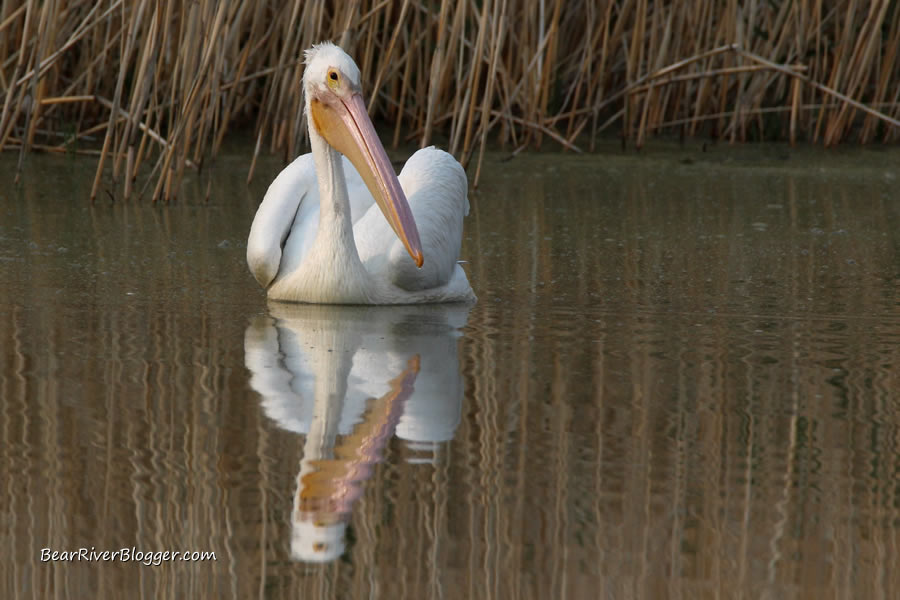
With the drought and record-setting temperatures this summer, birds of all kinds are being forced to migrate much earlier than normal, especially water birds that depend upon these normally submerged and productive wetlands for food.
And this year from having fewer and fewer places with summer water to grow the necessary plants and invertebrates birds need to fuel themselves for the long flight south, birds are migrating south much earlier than normal it seems.
And it could very well mean upcoming flocks of tundra swans that usually reach the Bear River Migratory Bird Refuge in early November might not stay long either, since most of the refuge was dry all summer long and had no chance to grow aquatic vegetation for the migrating swans to feed upon.
Lack of food is a signal to migrating birds to move on and fly further south for the winter.
And despite the rising water levels in the Bear River Bird Refuge auto tour route and adjacent units, it might be too little too late for birds this year with a lack of food over much of the refuge.
Most of the shorebirds have already migrated for the year. Waterfowl are what’s now on tap for incoming birds, but only time will tell how long they will stay on the refuge this fall.
One migratory bird species that resides on the refuge each winter, the rough-legged hawk, might give birders a small bright spot this year, however, as it isn’t directly tied to water, wetland plants, or invertebrates but mice and vole populations.

During the coldest months of the year, December through February, rough-legged hawks are commonly found on the Bear River Migratory Bird Refuge auto tour route.
So despite it being a poor year for birding on the Bear River Migratory Bird Refuge due to the relentless drought, winter birds on the refuge, such as the rough-legged hawk, bald eagle, and even the great blue heron, might give the avid winter bird watcher something to enjoy this winter.
Receive email notifications for future articles by subscribing to Bear River Blogger.
Visit our subscribe page for more information and to sign up and follow Bear River Blogger.

